Analyses des effets socio-économiques et environnementaux des pratiques agroécologiques – guide méthodologique
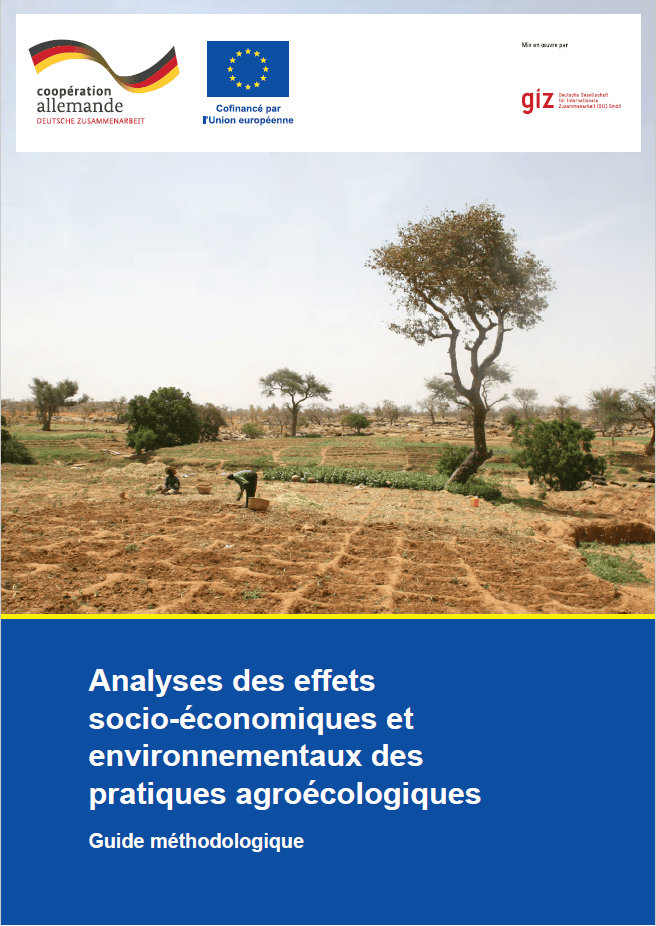
L’absence de l’évidence scientifique des avantages économiques et des effets environnementaux positifs de l’agroécologie est un problème majeur qui empêche sa mise en œuvre à grande échelle. Cette publication vise à fournir des orientations méthodologiques afin de permettre une meilleure prise de décision fondée sur des données solides. Elle s’adresse à la fois aux responsables de la mise en œuvre des projets et aux chercheurs dans le processus de préparation et de choix d’analyses scientifiques (socio-économiques et environnementales) adaptées au contexte et liés à l’agroécologie.
Analyses of socio-economic and environmental effects of agroecological practices – a methodological guidance
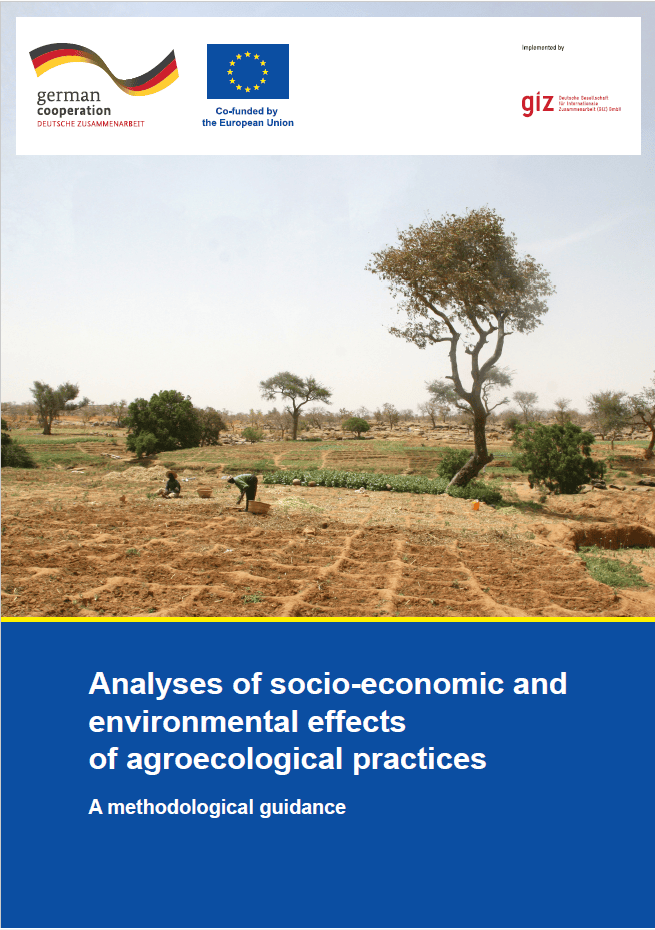
Missing scientific evidence for positive economic benefits and environmental effects of agroecology is a major problem hindering its large-scale implementation. To allow for better evidence-based decision making, this publication provides the methodological guidance. It addresses both project implementers and researchers who are in the process of preparing and choosing context-adapted socio-economic analyses and ecosystem services valuations related to agroecology. In this way, it is intended to support future economic studies conducted within agricultural and rural development programmes.
Agroecology – Selected Resources
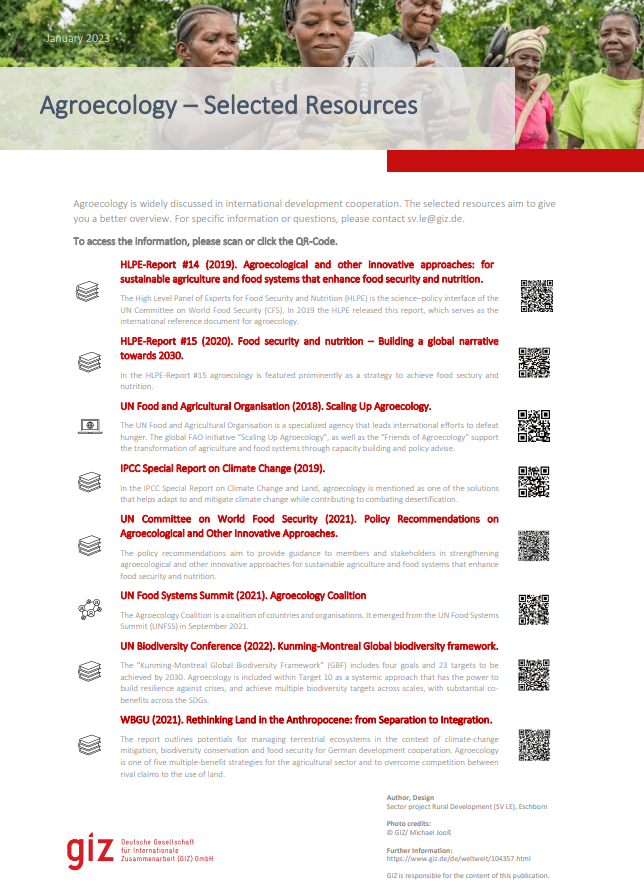
Agroecology is widely discussed in international development cooperation. The selected resources give an overview of the conceptual and political framework as well as knowledge sharing platforms on agoreocology, its implementation and latest discussions on cross-cutting issues.
En quoi l’agroécologie peut-elle contribuer à l’adaptation au changement climatique et la sécurité alimentaire ?
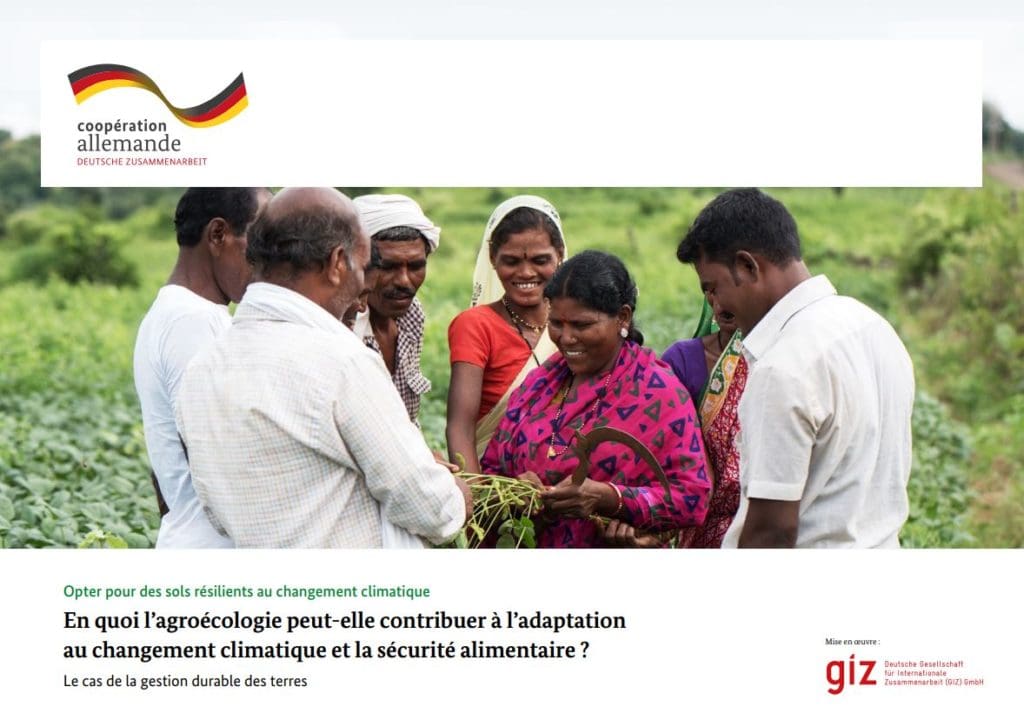
Des approches systémiques telles que l’agroécologie sont nécessaires pour une transformation durable des systèmes alimentaires et une amélioration de la sécurité alimentaire, tout en favorisant l’adaptation au changement climatique. Cette note s’appuie sur des évaluations participatives des pratiques agroécologiques de la gestion durable des terres dans 7 pays. Elle montre comment ces pratiques peuvent contribuer à des stratégies d’adaptation efficaces et fournit des recommandations sur l’intégration des aspects d’adaptation dans les interventions concernant la santé des sols.
What can agroecology do for climate change adaptation and food security? – The Case of soil protection and rehabilitation
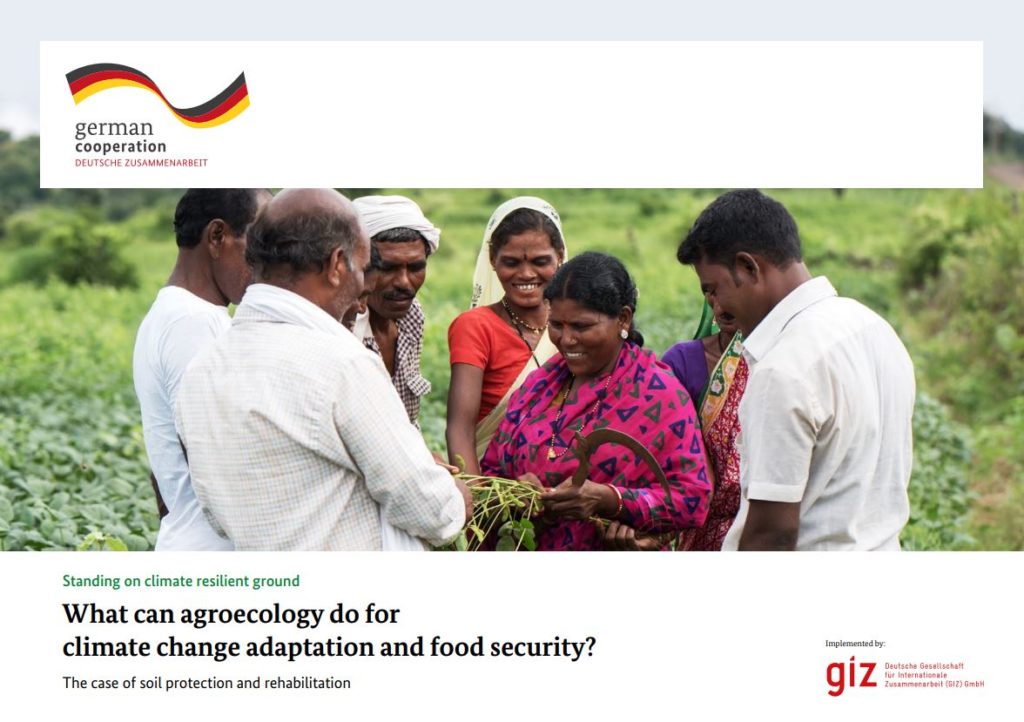
Systemic approaches such as agroecology are needed to sustainably transform food systems and improve food security while fostering adaptation to climate change. This brief draws from participatory assessments of agroecological practices for soil protection and rehabilitation in 7 countries. It demonstrates how such practices can contribute to effective adaptation strategies and provides recommendations on integrating adaptation concerns into soil health interventions.
Évaluer la pertinence de la gestion durable des terres pour l’adaptation au changement climatique
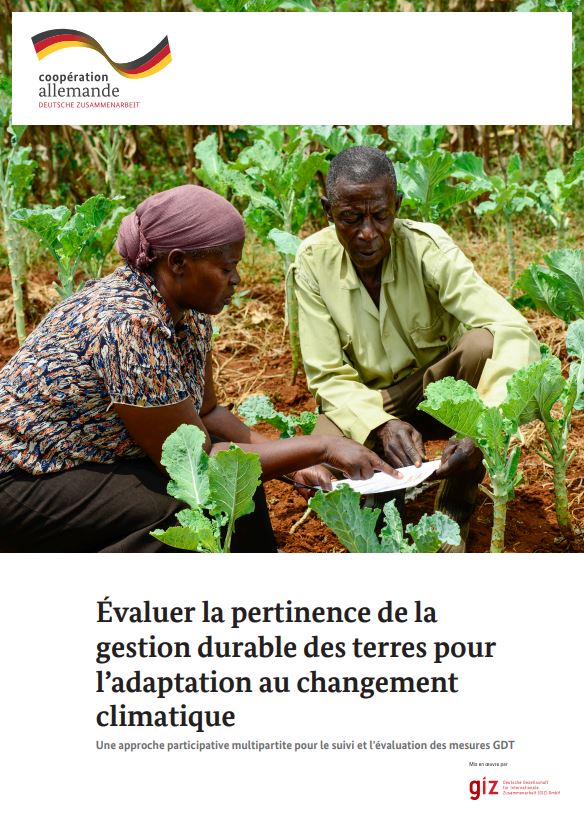
Les technologies pour la gestion durable des terres (GDT) ont souvent plusieurs avantages, notamment pour l’atténuation et pour l’adaptation au changement climatique. De plus, elles soutiennent les objectifs des producteurs et productrices en matière d’augmentation et de sécurisation des rendements.
Ce guide et l’outil Excel présentent une méthode participative pour identifier les risques climatiques pertinents et pour évaluer dans quelle mesure les technologies GDT répondent à ces risques, ainsi que leur faisabilité au niveau local.
Climate Resilience – What can we learn from Pastoral Systems in Africa’s Drylands?
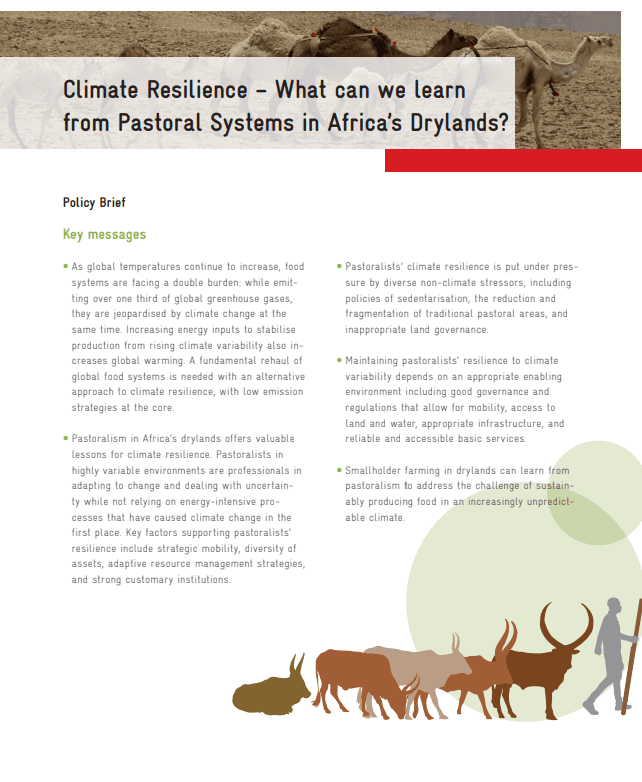
This policy brief gives an overview of pastoral systems in Africa’s drylands in the face of a changing climate – and serves as a short version of a technical background paper. It highlights the remarkable ability of pastoralists to adapt to the impacts of climate change, gives valuable insights and offers lessons e.g. for smallholder farming in drylands. The publication explores key factors enabling and hampering the resilience of pastoral systems. It demonstrates the link between pastoralists’ climate resilience and agroecological principles of good governance and diversification.
Pastoralism and Resilience of Food Production in the Face of Climate Change
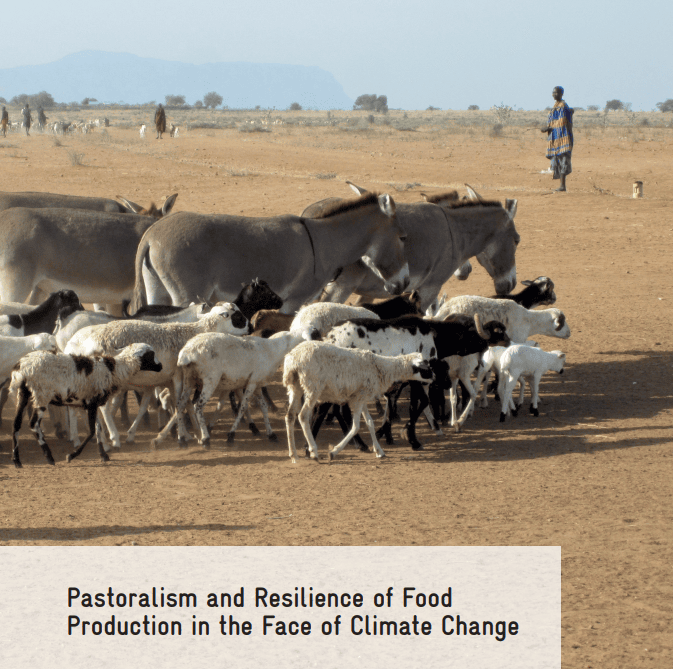
This technical background paper dives deep into pastoral systems in Africa’s drylands in the face of a changing climate – and complements a shorter policy brief. It highlights the remarkable ability of pastoralists to adapt to the impacts of climate change, gives valuable insights and offers lessons e.g. for smallholder farming in drylands. The publication explores key factors enabling and hampering the resilience of pastoral systems. It demonstrates the link between pastoralists’ climate resilience and agroecological principles of good governance and diversification. As an appropriate enabling environment is based on good governance, access to land and water, strong customary institutions, diversification and integration of different systems.
Assessing the adaptation relevance of soil protection and rehabilitation
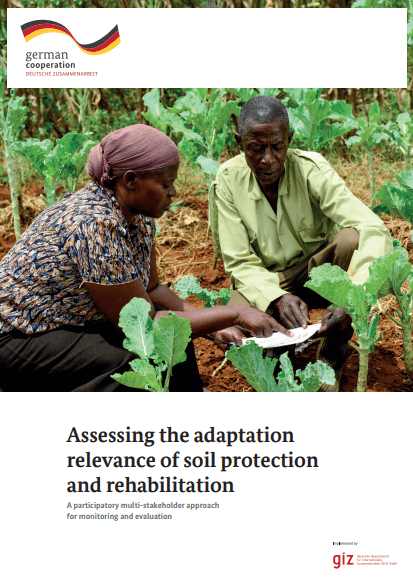
Soil protection and rehabilitation (SPR) technologies often provide several advantages, including benefits for mitigation and adaptation, while supporting farmers’ goals to boost and secure their yields. This guide and Excel-based tool provide a participatory method for identifying relevant climate risks and assessing how well SPR technologies address such risks along with their local feasibility.
Five Key Messages on How to Implement Agroecology as a Systemic Adaptation Response
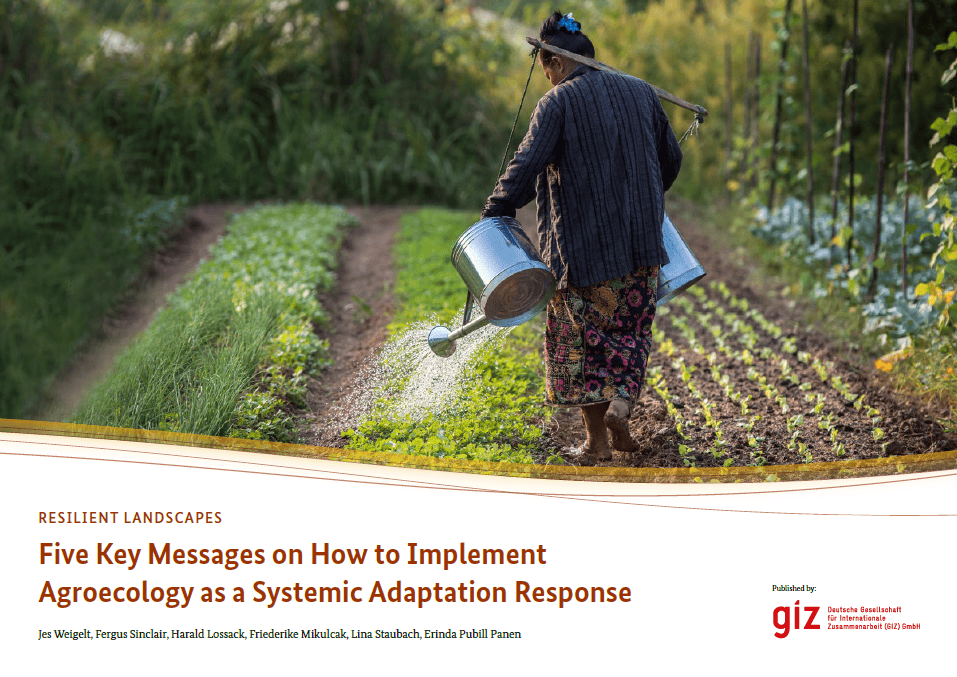
This policy brief introduces the benefits of aligning the approaches of agroecology and Ecosystem-based Adaptation for a (climate) resilient and nature-friendly transformation of agri-food systems. It presents five key messages, including the need for a systemic transformation, alliances for change, circular knowledge transfer, the creation of an enabling environment and local-responsive financial support.
